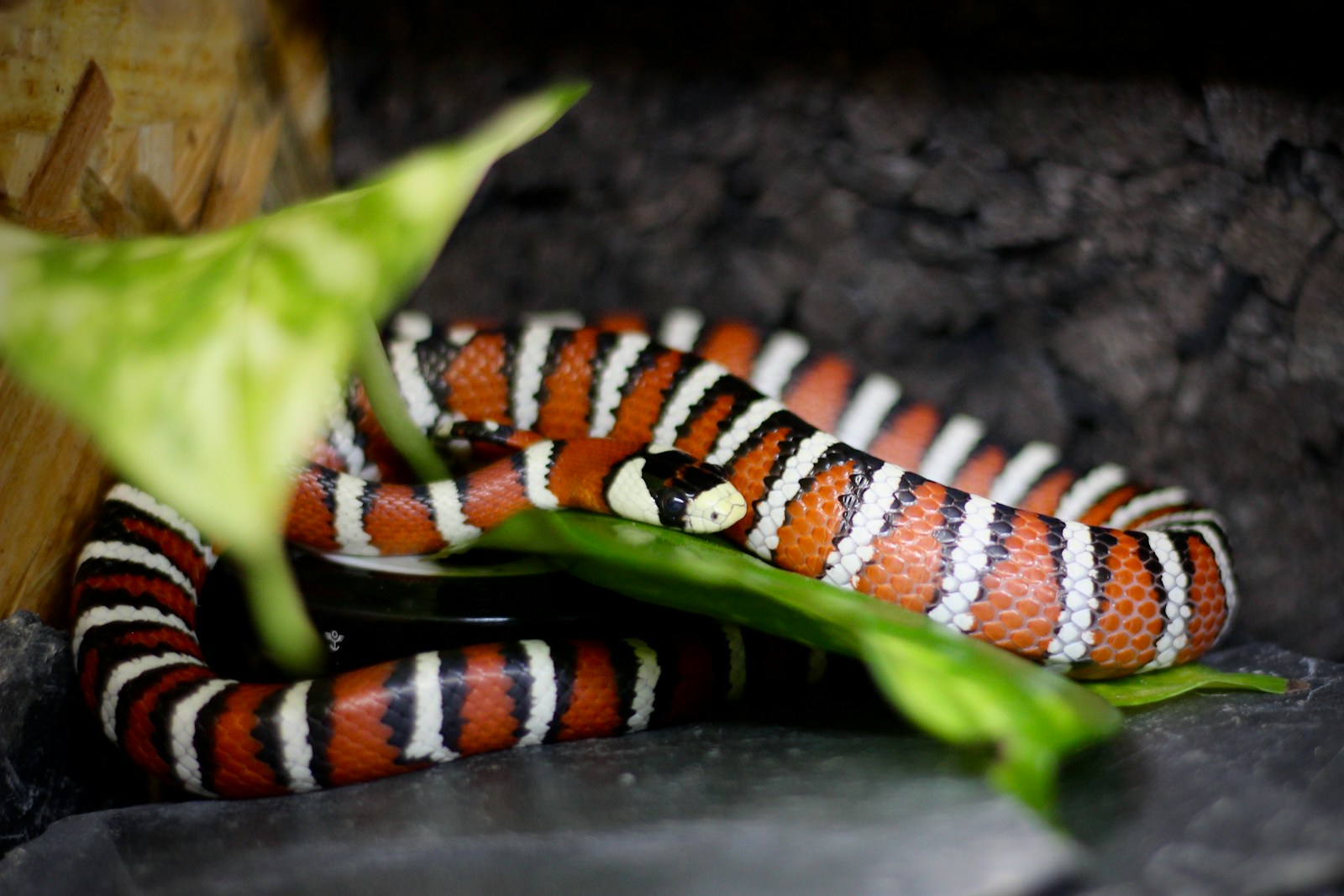In the complex world of wildlife survival strategies, mimicry stands as one of nature’s most fascinating adaptations. Among these masters of deception, certain non-venomous snakes have evolved to mimic their deadly counterparts with remarkable precision. This evolutionary sleight of hand—known as Batesian mimicry—allows harmless species to borrow the fearsome reputation of venomous snakes without actually possessing the dangerous weaponry. Through coloration, pattern, behavior, and even body shape, these imposters create convincing illusions that deter predators and increase their survival chances. This article explores the captivating world of non-venomous mimics, examining how these remarkable reptiles have developed their deceptive disguises and why such adaptations prove so effective in the wild.
The Science of Batesian Mimicry
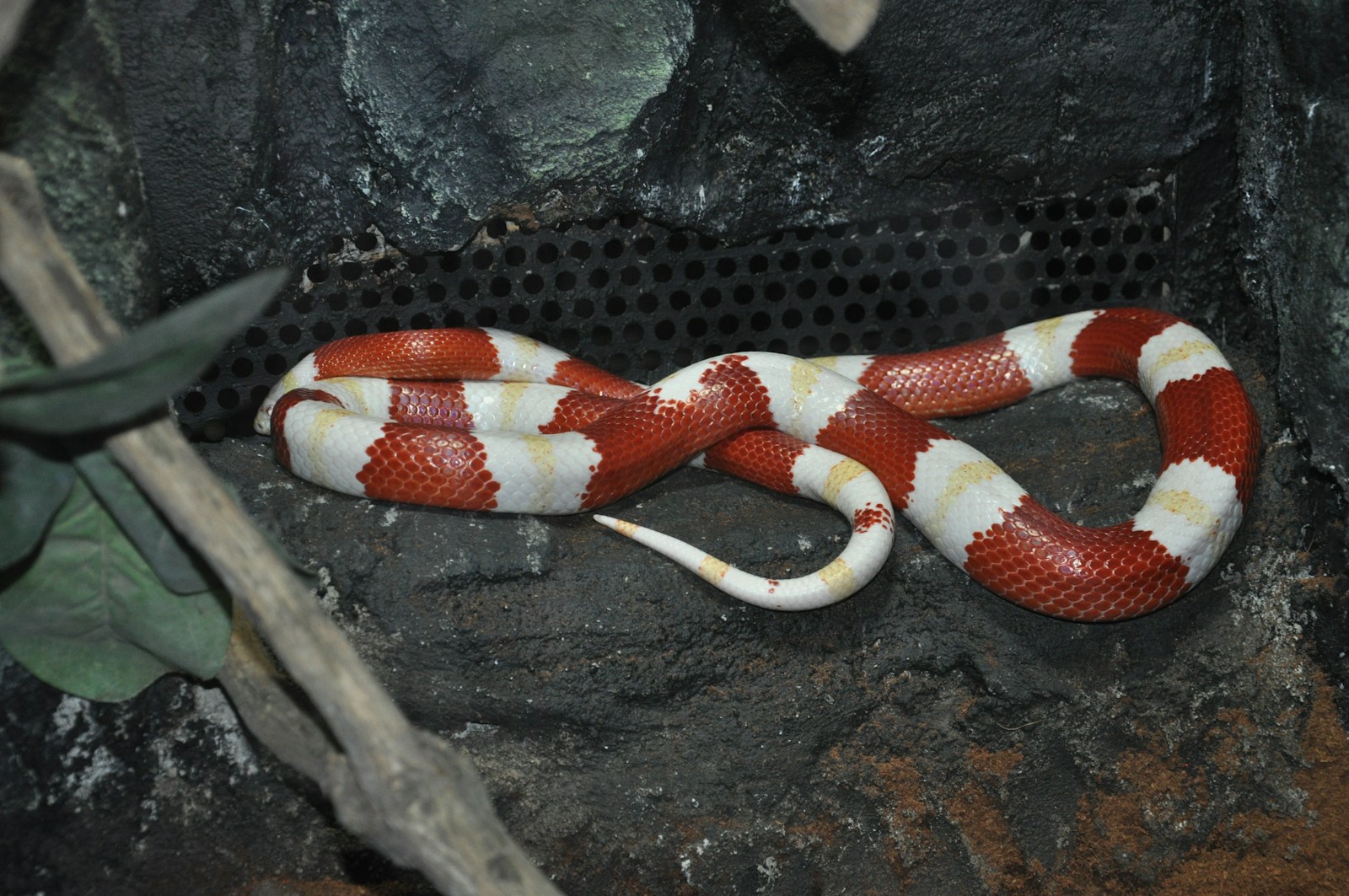
Batesian mimicry, named after English naturalist Henry Walter Bates, occurs when harmless species evolve to resemble dangerous ones, gaining protection without the biological cost of producing venom or other defensive mechanisms. This complex evolutionary strategy requires three key players: a harmful model species, a harmless mimic species, and predators who learn to avoid the model based on negative experiences. For the mimicry to be effective, predators must encounter the dangerous model species first, creating a learning association between certain visual patterns and potential harm. The success of Batesian mimicry depends on the mimic being less common than the model; if predators encounter too many harmless mimics without consequences, they may begin ignoring the warning signals altogether. This delicate balance helps explain why perfect mimics aren’t overly abundant in nature, maintaining the effectiveness of this remarkable adaptation.
The Scarlet Kingsnake: Master of Coral Snake Deception
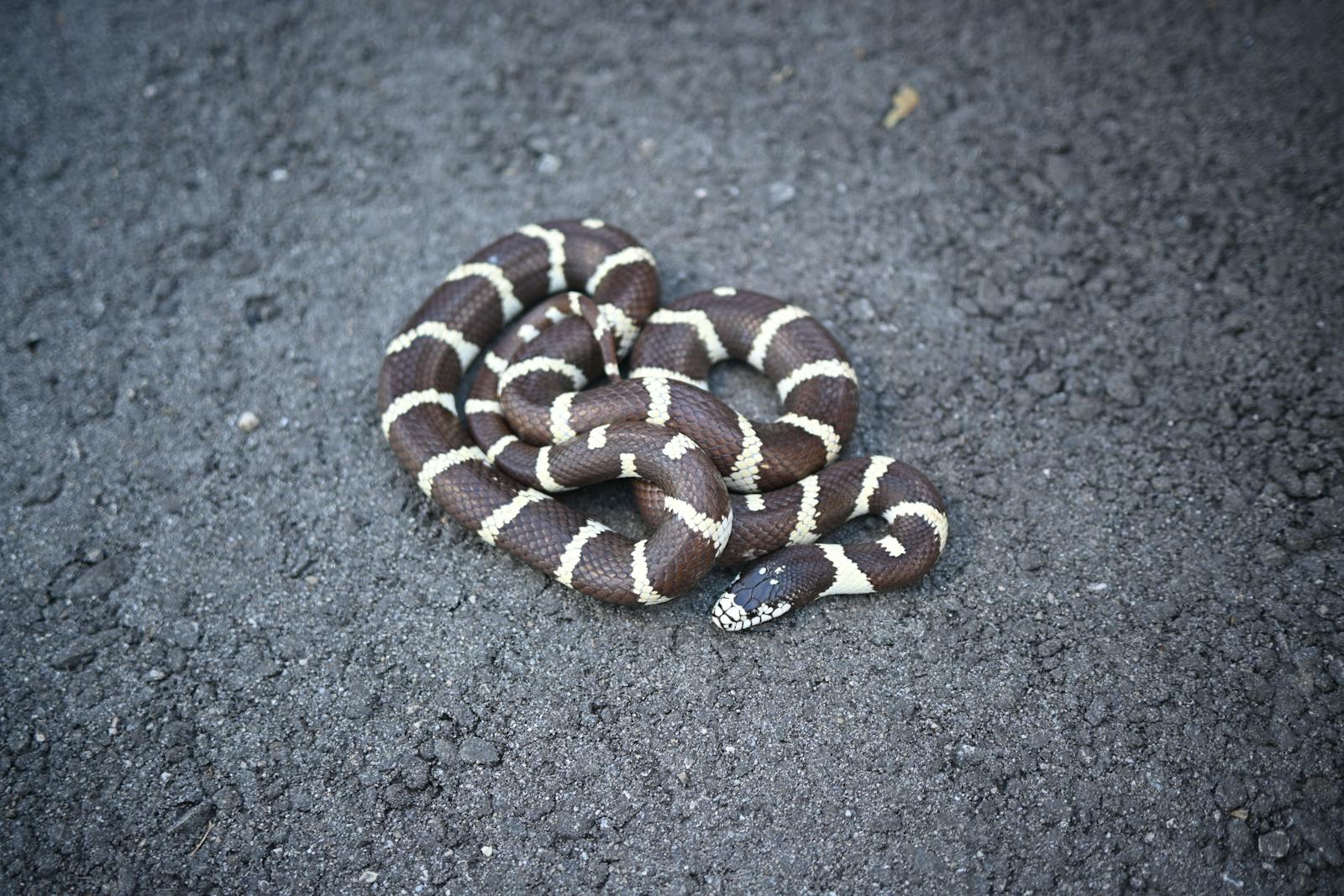
Among North America’s most impressive snake mimics is the Scarlet Kingsnake (Lampropeltis elapsoides), which bears a striking resemblance to the highly venomous Eastern Coral Snake. Both species display distinctive red, black, and yellow bands circling their bodies, creating a vivid warning pattern that predators instinctively avoid. The key difference lies in the arrangement of these colored bands—coral snakes feature red bands touching yellow (“red touch yellow, kill a fellow”), while kingsnakes have red bands touching black (“red touch black, friend of Jack”). Despite this distinction, the general impression from a distance or quick glimpse is remarkably similar, providing the kingsnake substantial protection from potential predators. Research has demonstrated that in regions where coral snakes are absent, kingsnakes gradually lose their mimetic coloration over evolutionary time, confirming the adaptive purpose of this resemblance.
False Water Cobras: Behavior and Hood Mimicry

The False Water Cobra (Hydrodynastes gigas) from South America demonstrates that mimicry extends beyond mere coloration to include behavioral traits. When threatened, this relatively harmless snake flattens its neck into a cobra-like hood, creating a convincing impression of the deadly true cobras despite being only mildly venomous (with rear fangs that rarely pose danger to humans). This species takes its deception further by hissing loudly and performing striking displays reminiscent of true cobras, though it rarely follows through with an actual bite. The false water cobra’s scientific name literally translates to “water powerful ruler,” reflecting its impressive size (up to 8 feet long) and aquatic abilities. Their mimicry is particularly effective because potential predators are hardwired to recognize and avoid the distinctive hood display that signifies danger throughout the snake world.
Hognose Snakes: Dramatic Death-Feigning Mimics
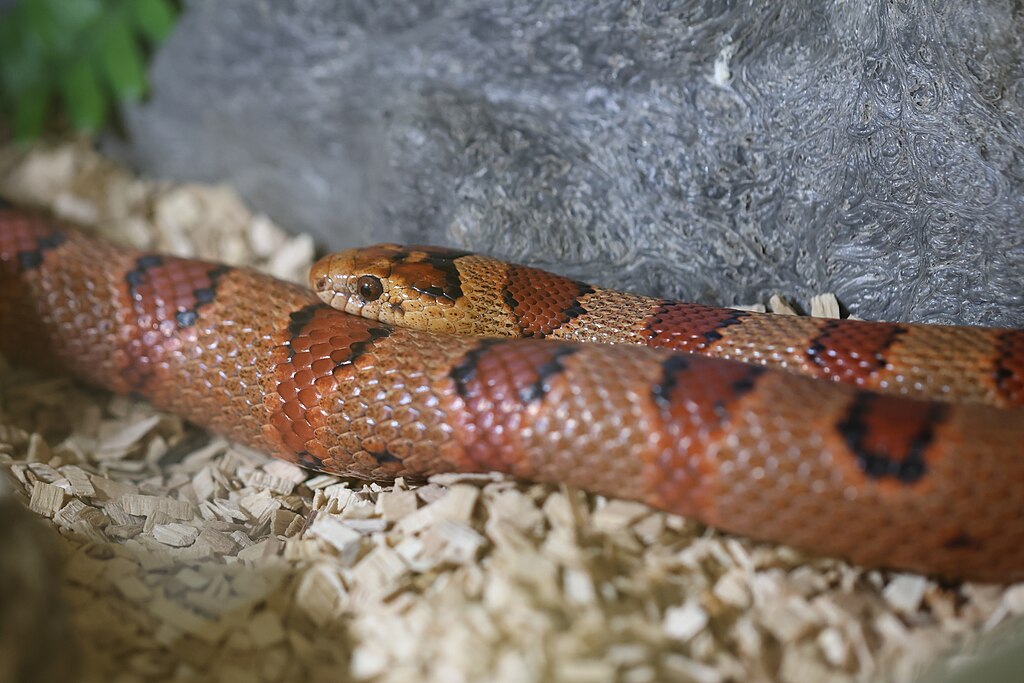
Hognose snakes (genus Heterodon) employ perhaps the most theatrical mimicry in the serpent world, combining multiple deceptive strategies when confronted by threats. Initially, these harmless snakes flatten their necks and raise their heads in a cobra-like display, hissing loudly and making bluff strikes with closed mouths. If this primary defense fails to deter a predator, hognose snakes escalate to an Oscar-worthy performance—rolling onto their backs, writhing dramatically, then going limp with mouth agape and tongue hanging out in a convincing death-feigning display. Some species even emit a foul-smelling musk and may regurgitate recently consumed meals to enhance the illusion of decomposition. This complex mimicry doesn’t copy a specific venomous species but instead exploits predators’ innate wariness of aggressive cobra-like behavior followed by their disinterest in dead, potentially spoiled prey.
Milk Snakes: Diverse Regional Mimics
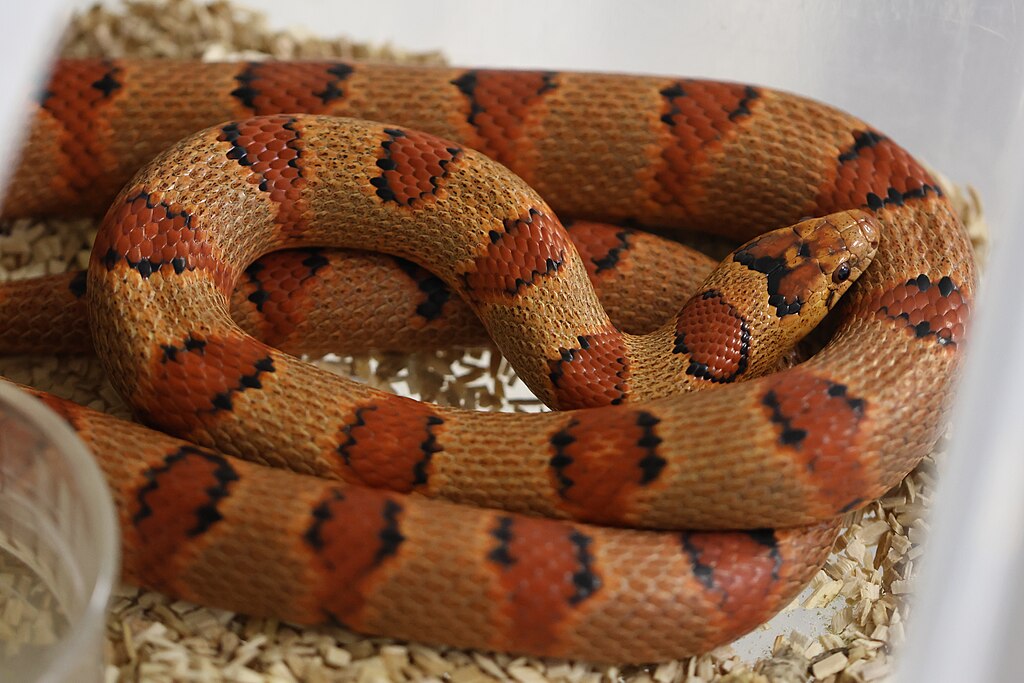
Milk snakes (Lampropeltis triangulum), close relatives of kingsnakes, represent one of the most diverse examples of Batesian mimicry, with numerous subspecies evolving different colorations to match local venomous species across North and Central America. In regions where coral snakes dominate, milk snakes display the familiar red, black, and yellow banding pattern that mimics these elapids. In areas where coral snakes are absent but other venomous species prevail, milk snakes have evolved entirely different patterns—some resembling copperheads or juvenile rattlesnakes with brownish blotches. The Pueblan Milk Snake, with its vibrant tricolor pattern, has become particularly popular in the pet trade precisely because of its coral snake mimicry, combining harmless temperament with warning coloration. This adaptive radiation of mimicry across a single species complex demonstrates how powerful selection pressure from predators can drive convergent evolution in different populations.
Gopher Snakes: Rattlesnake Impersonators
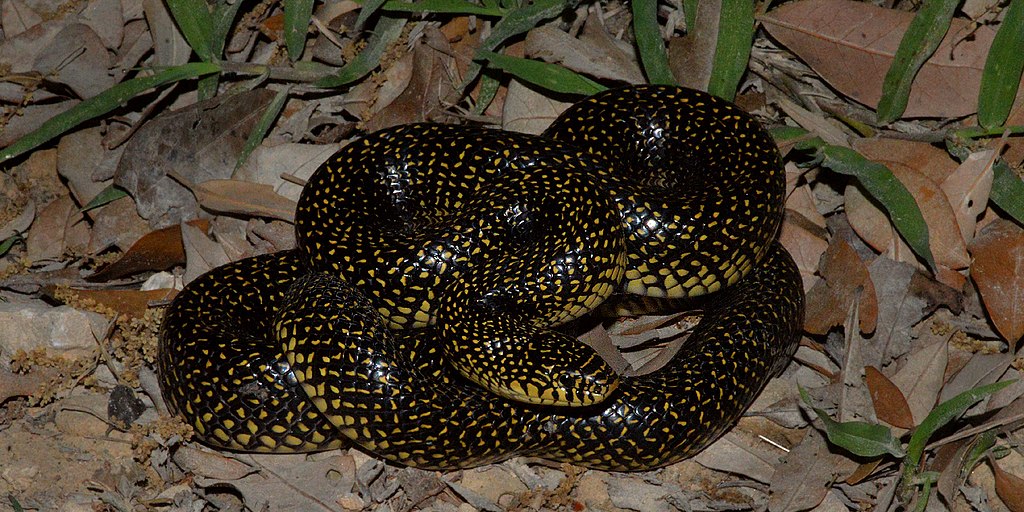
Gopher snakes (Pituophis catenifer), also known as bullsnakes in some regions, have perfected their mimicry of rattlesnakes through a combination of visual, behavioral, and acoustic deception. When threatened, these non-venomous constrictors flatten their heads to create a triangular shape resembling a rattlesnake’s distinctive head, while simultaneously inflating their bodies to appear larger. Their defensive behavior becomes even more convincing as they vibrate their tails rapidly against dry vegetation, producing a buzzing sound remarkably similar to a rattlesnake’s warning. Many gopher snakes even possess tail patterns with darker coloration that enhance the visual illusion of having a rattle. This comprehensive mimicry provides effective protection against predators that have learned to avoid rattlesnakes, despite gopher snakes lacking any venom-delivery system.
The Evolution of Mimicry Patterns
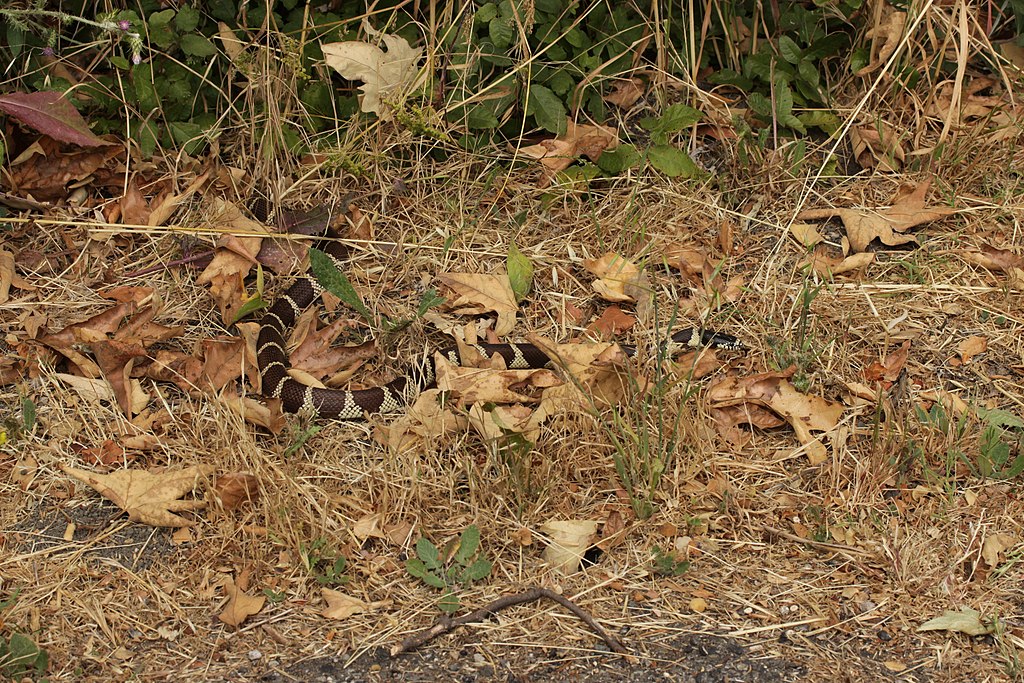
The development of mimetic patterns in snakes represents a fascinating evolutionary arms race that unfolds over thousands of generations. This process begins with random genetic mutations producing slight color or pattern variations in non-venomous species, with individuals bearing even vague resemblances to dangerous species gaining survival advantages through reduced predation. As predators become better at discriminating between models and mimics, selection pressure intensifies for more precise mimicry, leading to remarkably accurate reproductions of venomous species’ appearances. Genetic studies reveal that the genes controlling these color patterns can evolve relatively quickly compared to other traits, explaining how effective mimicry can develop over evolutionary time. Interestingly, the geographic distribution of mimics typically overlaps with their venomous models, with mimetic traits diminishing in regions where the dangerous species doesn’t occur—a phenomenon called character displacement that provides strong evidence for mimicry’s adaptive value.
Imperfect Mimics: Why Precision Isn’t Always Necessary
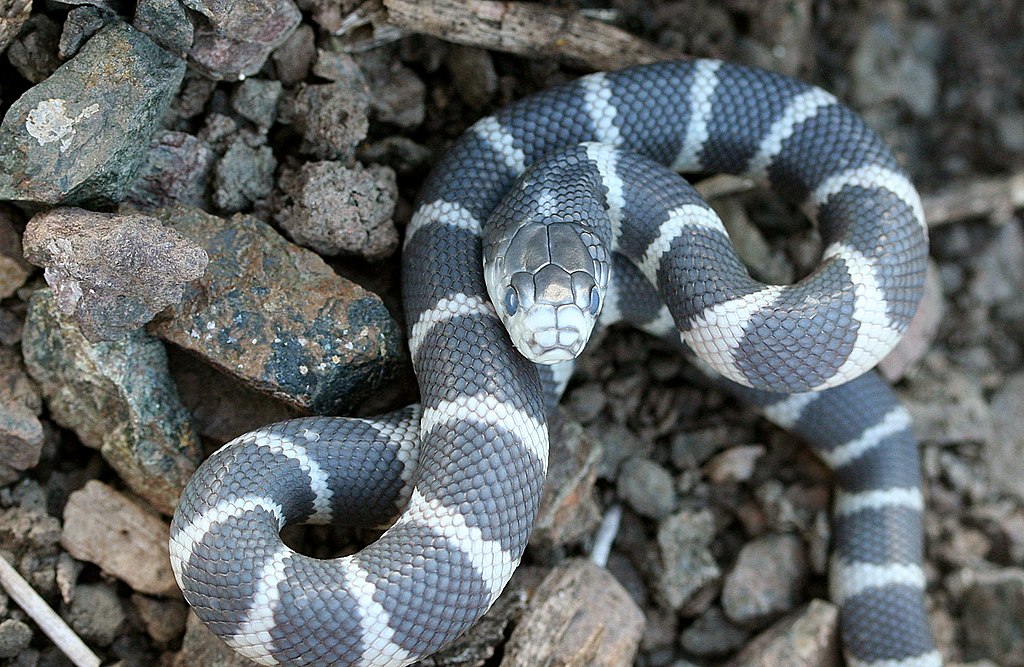
Contrary to initial expectations, many mimetic snakes display imperfect resemblances to their dangerous models, raising questions about why natural selection hasn’t perfected these imitations. Research suggests several explanations for this apparent evolutionary puzzle. First, predators often make quick decisions based on general impression rather than detailed inspection, meaning approximate mimicry may be sufficient to trigger avoidance behaviors. Second, some predators may have innate aversions to certain color patterns even without prior experience, making perfect mimicry unnecessary. Third, mimics may be balancing multiple selective pressures—not only predator avoidance but also thermoregulation, mate attraction, and other survival needs that might conflict with perfect mimicry. Finally, some seemingly imperfect mimics may actually be targeting different predator species with varying visual systems, appearing imperfect to human eyes but convincing to their intended audience of birds, mammals, or reptilian predators.
Geographic Variation in Mimicry Effectiveness
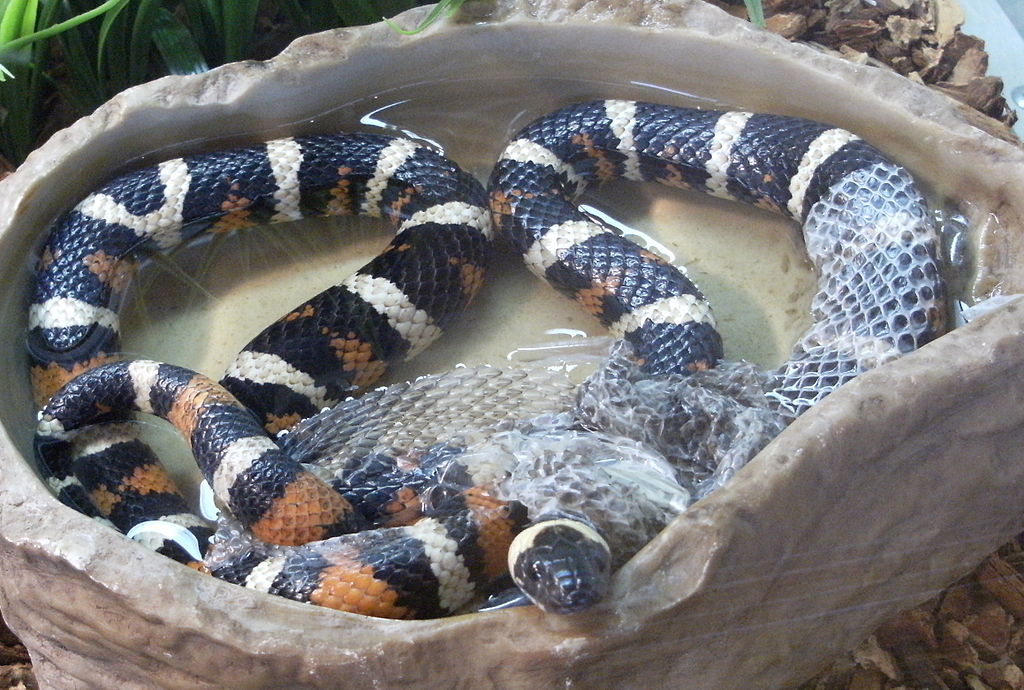
The effectiveness of mimicry varies dramatically across geographic regions, creating fascinating natural experiments in evolutionary biology. In areas where venomous models are abundant, selection pressure maintains precise mimicry in harmless species, as predators regularly encounter dangerous snakes and learn to avoid similar patterns. Conversely, in regions where venomous models become rare or absent, mimetic resemblances often degrade over time—a phenomenon documented in kingsnakes that show less precise coral snake mimicry in northern regions where coral snakes don’t occur. Elevation gradients create particularly interesting patterns, with mimics at higher elevations (where venomous species are scarce) typically showing less precise resemblance than their lowland counterparts. These geographic patterns provide compelling natural evidence for evolutionary theory, demonstrating how selection pressures vary spatially and produce predictable outcomes in mimetic systems.
Mimicry Beyond Appearance: Behavioral Deception
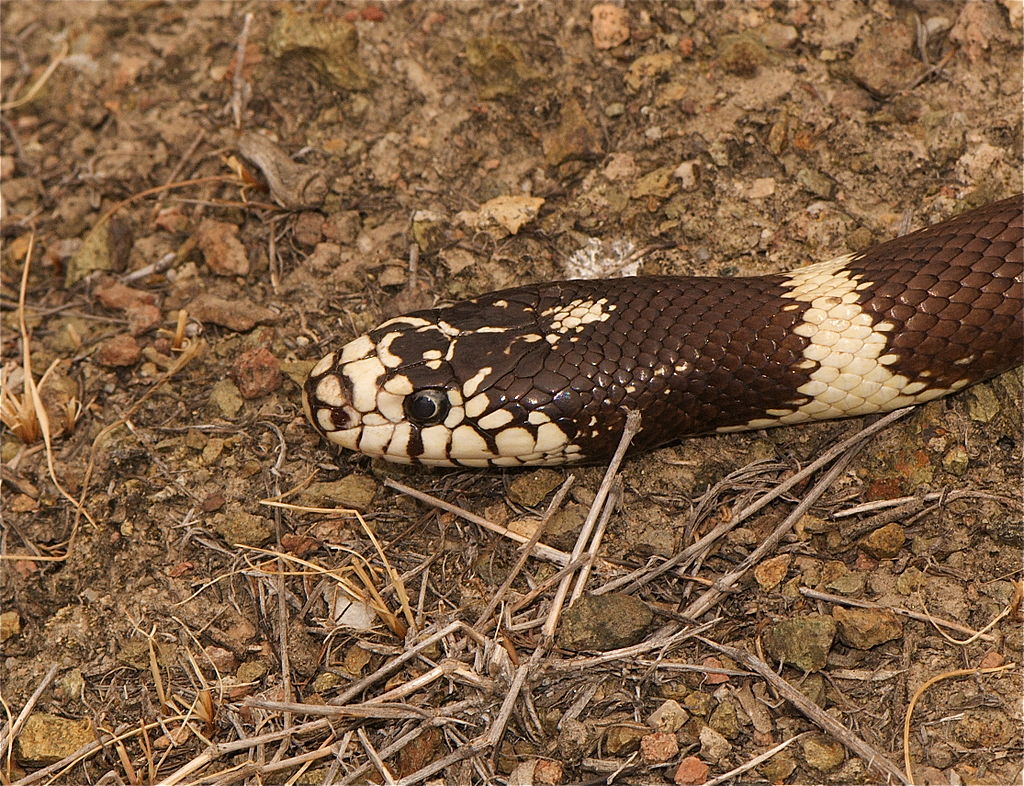
Snake mimicry extends well beyond physical appearance to include sophisticated behavioral imitations that enhance the deceptive effect. Many harmless mimics have evolved to copy the distinctive defensive displays of venomous species—like the way certain rat snakes will raise the front portion of their bodies and flatten their heads in perfect imitation of cobra threat displays. Some non-venomous species have even developed the ability to make their scales rattle against each other when threatened, mimicking the warning sound of rattlesnakes despite lacking actual rattles. Particularly impressive are mimics that adopt the unique striking patterns of venomous snakes, often executing bluff strikes with closed mouths that perfectly replicate the aggressive behaviors of their dangerous models. These behavioral adaptations demonstrate that selection for mimicry acts on multiple aspects of phenotype simultaneously, producing integrated deceptive systems that maximize survival advantage.
The Ecological Impact of Mimetic Snakes
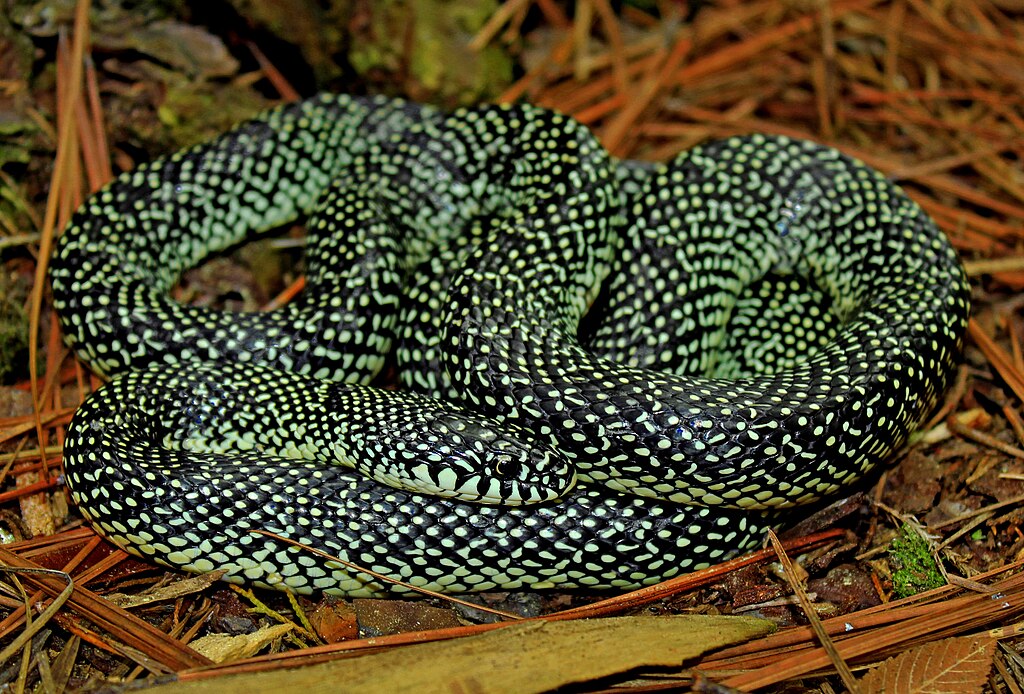
Mimetic snakes play significant roles in their ecosystems beyond the fascinating evolutionary story they represent. As predominantly non-venomous species, many mimics are efficient predators of rodents and other small animals, providing valuable ecosystem services through pest control. Their successful deception of predators helps maintain healthy population levels that might otherwise be suppressed by excessive predation, potentially affecting prey species abundance throughout the food web. The presence of these mimics also affects predator behavior more broadly, potentially creating “landscapes of fear” where predators become generally more cautious about approaching any snake-like object. Interestingly, some research suggests that in areas with numerous convincing mimics, predators may evolve enhanced discrimination abilities, leading to complex co-evolutionary dynamics between predators, venomous models, and harmless mimics that shape entire ecological communities.
Mimicry and Human Interactions
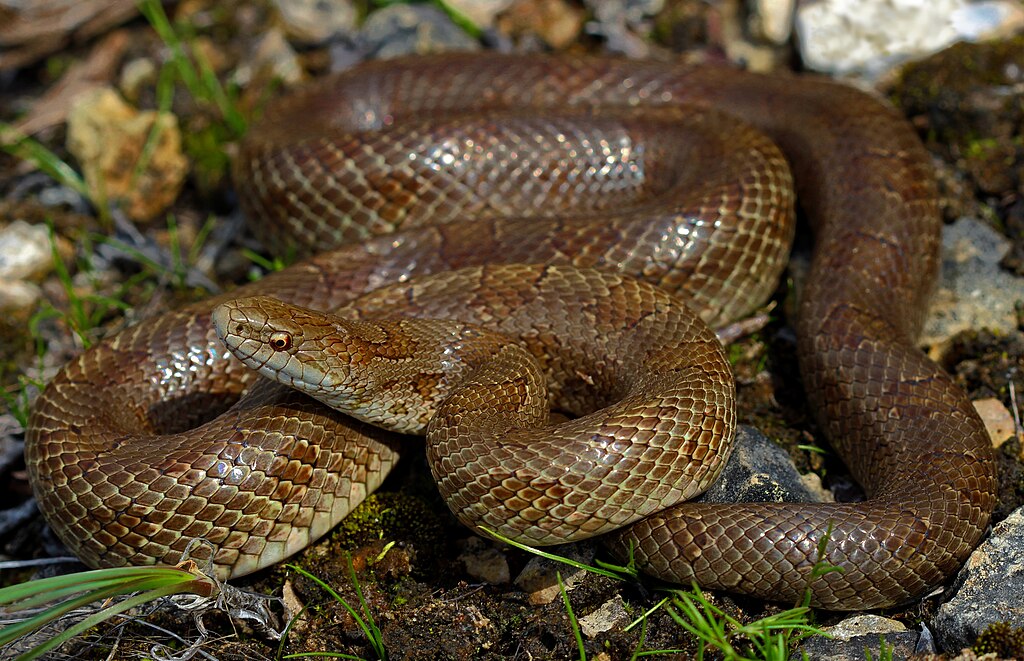
Snake mimicry creates complex challenges for human-snake interactions, particularly in regions where both venomous species and their harmless lookalikes occur. The resemblance between harmful and harmless species frequently leads to unnecessary killing of beneficial mimics misidentified as dangerous snakes by fearful humans. Conservation educators face the difficult task of teaching people to distinguish between species while also promoting tolerance for all snakes, regardless of venomous status. Ironically, the very adaptations that protect mimetic snakes from natural predators may increase their vulnerability to human persecution. For snake enthusiasts and responsible pet owners, mimetic species like milk snakes and false water cobras represent fascinating examples of evolution in action, combining the visual appeal of warning coloration with docile temperaments suitable for careful handling. Understanding mimicry helps foster appreciation for these remarkable adaptations rather than fear-based reactions.
Conclusion: Nature’s Perfect Deception
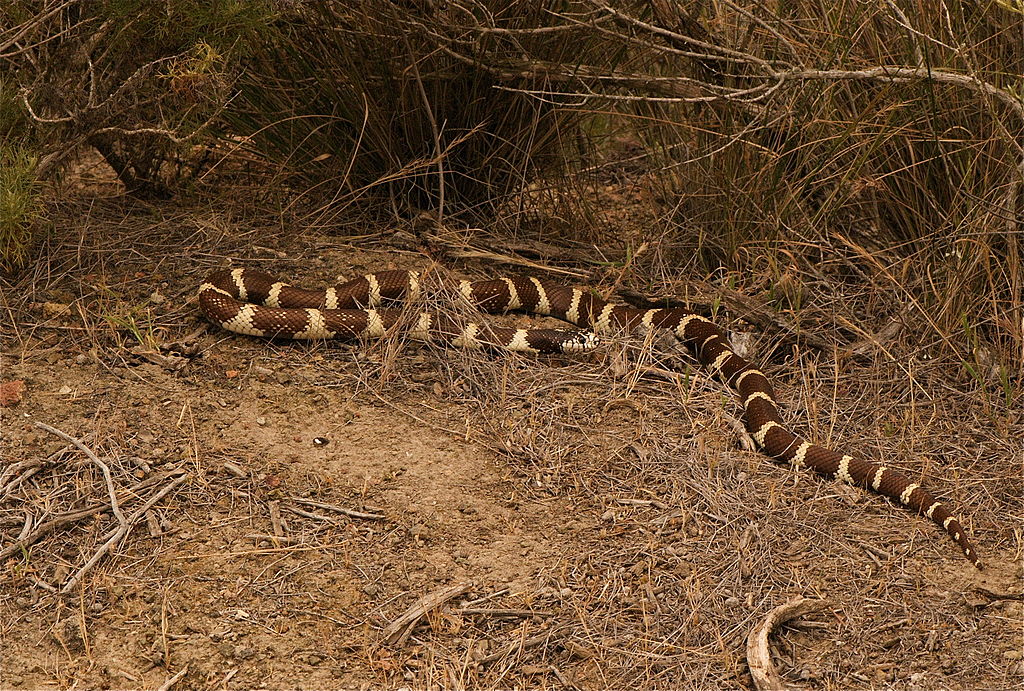
The phenomenon of non-venomous snakes mimicking their dangerous counterparts stands as one of evolution’s most elegant solutions to survival challenges. Through complex adaptations spanning physical appearance, behavior, and even sound production, these harmless impersonators have found a way to borrow the fearsome reputation of venomous species without paying the metabolic cost of venom production. From the scarlet kingsnake’s precise color pattern to the hognose snake’s theatrical performances, these mimics demonstrate the remarkable power of natural selection to shape deceptive systems that function across multiple sensory modalities. As we continue to study these fascinating examples of evolutionary convergence, they provide not only insights into adaptation and predator-prey dynamics but also compelling evidence for how selection pressures can produce seemingly designed features through entirely natural processes. In the grand theater of nature, these harmless mimics have perfected the art of deception, turning false advertising into a successful strategy for survival.

